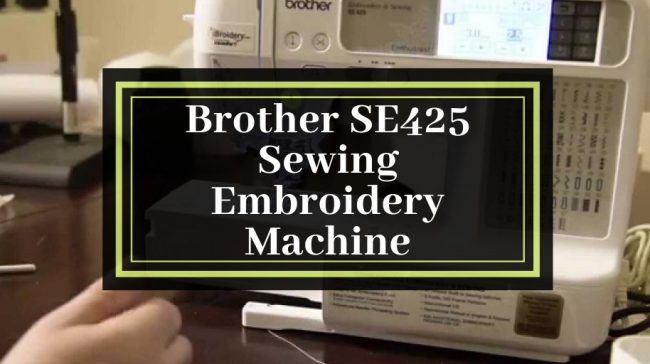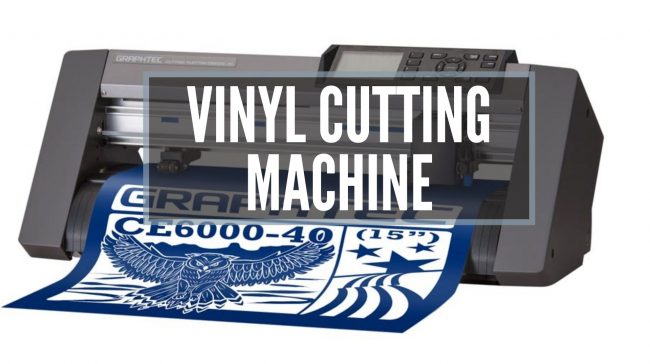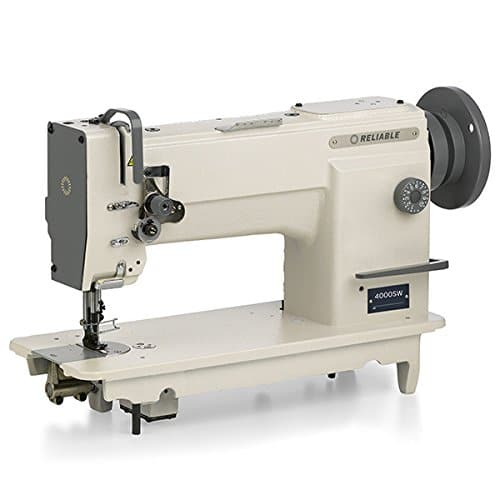


so looking for the review of 7 types of sewing machine so this articale is the best guide for you we have dicussed about all type as well the top brand
Table of Contents
1. Introduction
In the world of text
iles and garment production, sewing machines play a pivotal role in transforming fabric into functional and stylish pieces of clothing or household items. These ingenious devices have revolutionized the art of sewing, making it faster, more efficient, and accessible to people of all skill levels. This comprehensive guide explores the fascinating world of sewing machines, delving into their various types, features, advantages, and limitations, allowing you to make an informed decision when choosing the right sewing machine for your needs.
1.1 What is a Sewing Machine?
A sewing machine is a mechanical or electronic device designed to stitch fabric and other materials together using thread. It automates the process of sewing, replacing the need for hand sewing, and significantly speeding up production in the textile industry and home sewing projects.
1.2 Importance of Sewing Machines
Sewing machines have been a game-changer in the textile and fashion industries. The industrial revolution saw a surge in demand for efficient and faster production methods, leading to the invention of sewing machines. Today, they are indispensable tools for both professionals and hobbyists, enabling the creation of intricate designs and precise stitches.
1.3 Overview of Different Types
Sewing machines come in various types, each tailored to specific needs and applications. Let’s explore the most common types:
2. Mechanical Sewing Machines
Mechanical sewing machines are the traditional workhorses of the sewing world. They operate using a combination of gears and levers, relying on human power to drive the needle and feed dogs. These machines are ideal for basic sewing tasks, repair work, and simple garment construction.
2.1 Features and Functions
Mechanical sewing machines offer essential stitches, such as straight stitches, zigzag stitches, and basic decorative stitches. They often come with adjustable stitch length and width, reverse stitching, and a variety of presser feet for different tasks.
2.2 Advantages and Limitations
The advantages of mechanical sewing machines include their durability, ease of use, and affordability. However, they may lack some advanced features found in electronic and computerized models.
2.3 Popular Models and Brands
Popular mechanical sewing machine models include [Brand and Model names], known for their reliability and performance.
3. Electronic Sewing Machines
Electronic sewing machines are a step up from mechanical models, incorporating electrical components to enhance functionality and precision.
3.1 Key Features and Technology
Electronic sewing machines offer a wider range of stitches and features, including automatic needle threading, built-in stitch patterns, and speed control. They often come with LCD displays for easy stitch selection and customization.
3.2 Benefits and Drawbacks
Electronic sewing machines are user-friendly and provide more versatility than mechanical machines. However, they can be more expensive and require electrical power to function.
3.3 Notable Models and Manufacturers
the reputable manufacturers known for producing high-quality electronic sewing machines that cater to different sewing needs.
4. Computerized Sewing Machines
Computerized sewing machines represent the pinnacle of modern sewing technology, offering advanced automation and customization.
4.1 Advanced Technology and Automation
Computerized sewing machines are equipped with microprocessors that control stitch patterns, tension, and other sewing parameters. They offer precise stitching, automatic thread cutting, and sophisticated embroidery capabilities.
4.2 Programmable Stitching
These machines allow users to program and save custom stitch patterns, opening up endless creative possibilities.
4.3 Pros and Cons of Computerized Models
The benefits of computerized sewing machines include unparalleled precision and automation. However, they may have a steeper learning curve and higher price tags.
4.4 Top-rated Computerized Sewing Machines
Renowned brands like brother, serger offer a range of top-rated computerized sewing machines, trusted by professionals and enthusiasts alike.
5. Embroidery Machines
Embroidery machines take sewing to an artistic level, allowing users to add intricate and decorative designs to fabrics.
5.1 Embroidery Capabilities and Features
These machines come with built-in embroidery designs, and some can import custom designs via USB or other digital means. They offer various embroidery hoop sizes for different project sizes.
5.2 Combining Sewing and Embroidery Functions
Many embroidery machines can double as regular sewing machines, providing the best of both worlds.
5.3 Advantages and Disadvantages of Embroidery Machines
The advantages of embroidery machines lie in their ability to add stunning embellishments to fabrics. However, they can be costly and may require additional accessories for optimal performance.
5.4 Leading Embroidery Machine Brands
Brother, serger are leading the market with their innovative and feature-rich embroidery machines that inspire creativity.
6. Overlock Machines (Serger Machines)
Overlock machines, also known as serger machines, are specialized devices for finishing fabric edges and creating professional-looking seams.
6.1 Understanding Overlock Stitching
Overlock machines use multiple threads to create strong and stretchy seams, ideal for knit fabrics and preventing fraying.
6.2 Applications and Uses
They are indispensable for garment construction, decorative edging, and creating rolled hems.
6.3 Pros and Cons of Overlock Machines
The advantages of overlock machines include efficient seam finishing and fast sewing speed. However, they have a specific purpose and may not replace a regular sewing machine entirely.
6.4 Noteworthy Serger Machine Manufacturers
seger are known for their reliable and high-performance overlock machines.
7. Quilting Machines
Quilting machines are specially designed to streamline the quilting process, allowing users to create intricate quilt designs with ease.
7.1 Specialized Features for Quilting
Quilting machines typically have an extended work area, a walking foot for even fabric feeding, and a range of quilting stitches.
7.2 Enhancing Quilting Efficiency
These machines make quilting more efficient and enjoyable, reducing the time required for large quilting projects.
7.3 Pros and Cons of Quilting Machines
Quilting machines offer precision and time-saving features but may have limited functions for other sewing tasks.
7.4 Prominent Quilting Machine Brands
Quilting Machine offer top-of-the-line quilting machines, loved by quilting enthusiasts and professionals.
8. Industrial Sewing Machines
Industrial sewing machines are heavy-duty workhorses, capable of handling high-volume and specialized sewing tasks.
8.1 Heavy-Duty and Commercial Applications
They are used in large-scale production settings, such as garment factories and upholstery shops.
8.2 Versatility and Performance
Industrial sewing machines can handle various fabrics, from lightweight materials to heavy-duty materials like leather and canvas.
8.3 Differences from Domestic Sewing Machines
These machines differ from domestic sewing machines in terms of size, speed, and specialized capabilities.
8.4 Notable Industrial Sewing Machine Manufacturers
industrail machines are prominent manufacturers of industrial sewing machines, renowned for their robustness and reliability.
9. Conclusion
Choosing the Right Sewing Machine for Your Needs
When selecting a sewing machine, consider your skill level, the types of projects you plan to undertake, and your budget. Mechanical sewing machines are suitable for beginners and simple tasks, while electronic and computerized models offer more features and convenience. If you enjoy embroidery or quilting, dedicated machines for these tasks might be worth considering. Additionally, industrial machines are essential for large-scale production and heavy-duty sewing.
9.2 Future Trends and Developments
The sewing machine industry continues to evolve, with advancements in automation, artificial intelligence, and connectivity. Future trends may include more intuitive interfaces, expanded embroidery design libraries, and improved energy efficiency.
9.3 Final Thoughts
Sewing machines have come a long way since their invention, empowering creators with the tools to bring their imagination to life. Whatever type of sewing machine you choose, remember that with practice and creativity, you can unlock endless possibilities and create masterpieces that reflect your unique style and passion for sewing.
In conclusion, explore the wide array of sewing machines available today and embark on a sewing journey that opens the door to creativity and self-expression. Happy sewing!




